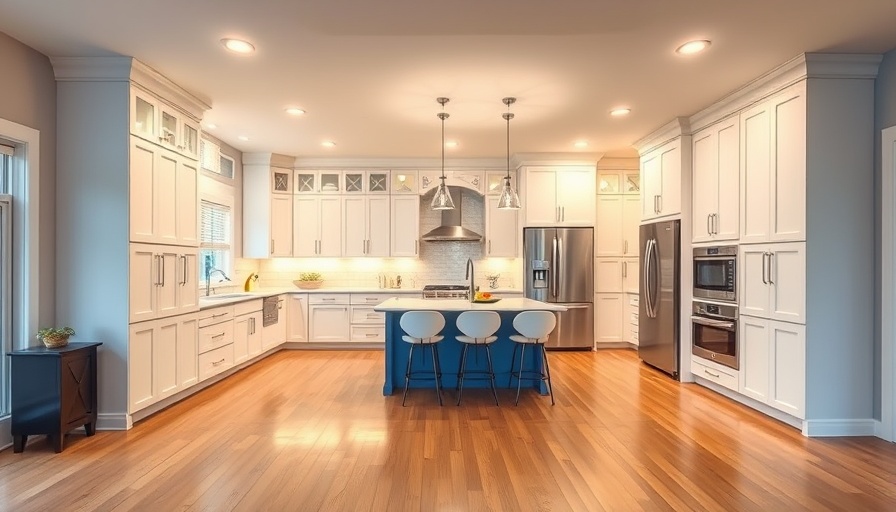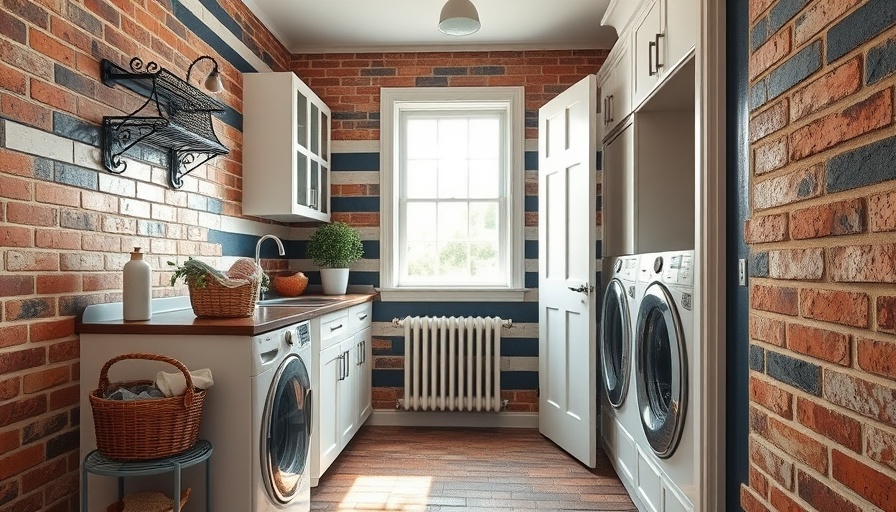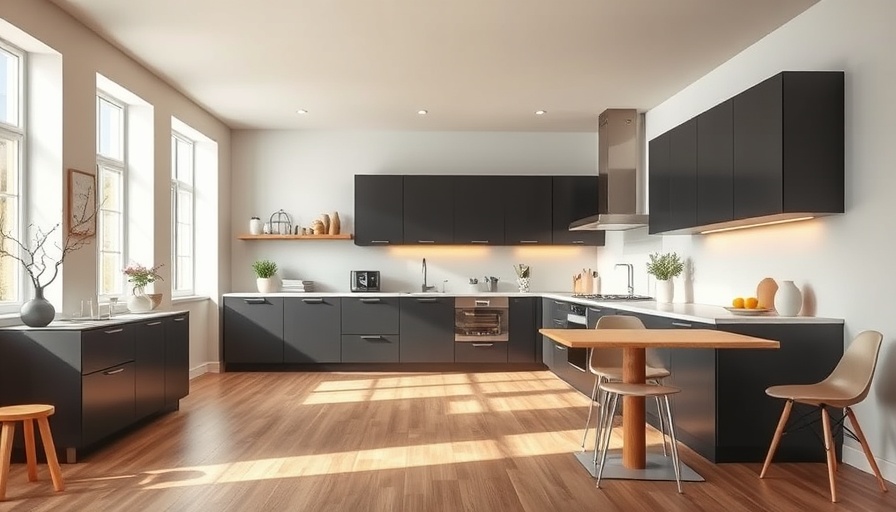
Understanding the Remodeling Dilemma: Move Walls or Not?
Your dream home often reflects your vision for comfort and style. The dilemma homeowners face when considering renovations is not just about esthetics but function. Should you tear down walls for a spacious feel, or can you achieve the desired vibe with simple cosmetic upgrades? At Sebring Design Build, this is a common quandary.
When Are Value-Based Adjustments Necessary?
Value-based floor plan adjustments address both the layout and usability of your home. If your current living space feels cramped or disorganized, painting and minor enhancements won’t suffice. Consider a kitchen boxed off from living areas, for instance. Moving that wall not only elevates aesthetics but fundamentally improves how the space functions. It fosters connection for families cooking meals and enjoying mingling simultaneously.
Furthermore, safety can mandate moving walls during renovations. You might discover outdated or poorly designed structures that can’t bear modern loads. Here, moving walls isn’t merely a choice; it’s a necessity for safety and compliance with updated building codes.
Cosmetic Upgrades: Enhancing Without Major Changes
Sometimes the existing layout serves you well enough; all that’s necessary is a fresh look. New flooring, updated lighting, or stylish finishes can rejuvenate a space with minimal disruption. These changes, though superficial, can bring immediate satisfaction and contribute to a home’s inviting atmosphere.
An example is updating your living room with modern decor and vibrant colors while retaining the current layout. The right choice might save you considerable time and money, keeping your home stylish and comfortable without the headache of construction.
Finding the Right Balance: Key Considerations
Deciding between structural changes and aesthetic enhancements can be daunting. Here are some factors to weigh:
- Your Lifestyle: How do you use your spaces? If a disconnected floor plan hinders day-to-day activities, moving walls may significantly enhance your quality of life.
- Your Budget: Structural renovations often involve higher costs and longer timelines than cosmetic changes. Consider the financial implications of moving walls.
- Future Value: If you plan to sell in the near future, investing in value-based adjustments can improve appeal and resale value.
Practical Steps for Homeowners
Here are some actionable tips for homeowners contemplating these renovations:
- Consult Professionals: Always seek advice from contractors or designers to understand the structural implications of moving walls.
- Research and Plan: Create a detailed plan, considering both aesthetic and functional goals. This will help in making informed decisions.
- Document Everything: Maintain records of changes in case you wish to revert or if it serves you in future sales.
Conclusion: Your Dream Home Awaits
Ultimately, the decision to move walls or enjoy the beauty of upgrades lies in understanding your needs and your home’s capabilities. With careful planning and professional insight, you can achieve a space that genuinely represents your tastes while serving its purpose.
Don’t hesitate to take the next steps in making your dream home a reality. Reach out to professionals who can help guide your vision into tangible results.
 Add Row
Add Row  Add
Add 



Write A Comment